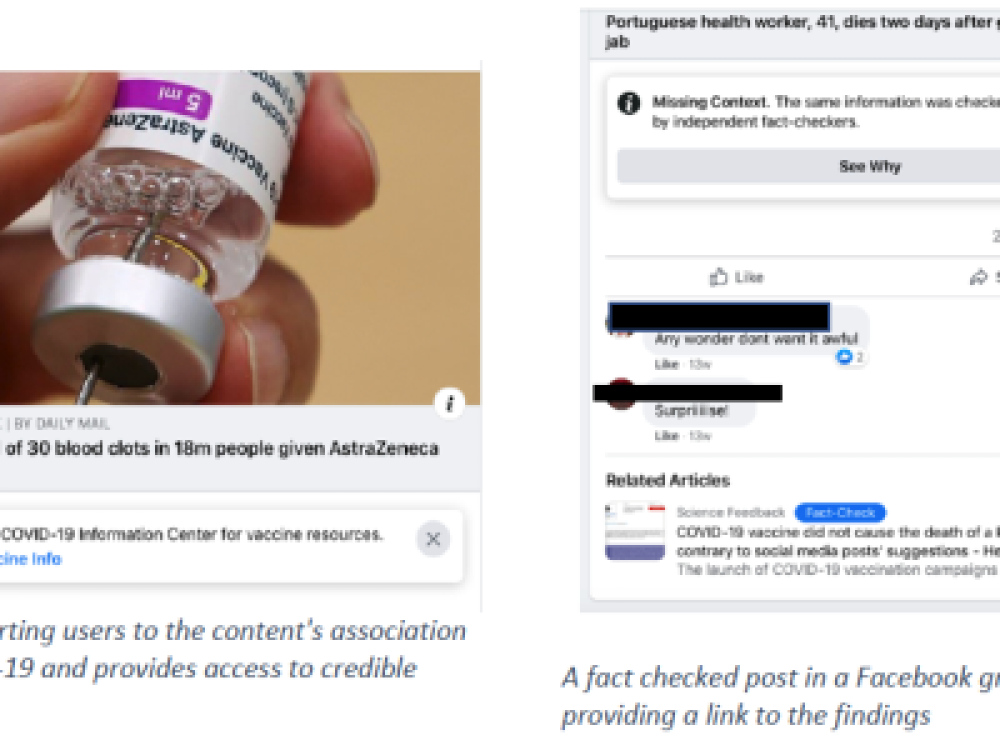Emily Bell in Columbia Journalism Review argues that two of the most significant developments in journalism are that (1) news publishers have lost control over distribution and (2) the inevitable outcome of this is the increase in power of social media companies.
"The largest of the platform and social media companies, Google, Apple, Facebook, Amazon, and even second order companies such as Twitter, Snapchat and emerging messaging app companies, have become extremely powerful in terms of controlling who publishes what to whom, and how that publication is monetized.
There is a far greater concentration of power in this respect than there ever has been in the past. Networks favor economies of scale, so our careful curation of plurality in media markets such as the UK, disappears at a stroke, and the market dynamics and anti-trust laws the Americans rely on to sort out such anomalies are failing."
Bell observes that the rise of mobile is the chief source of social media companies' power-in particular Facebook's power.
"The design and capabilities of our phones (thank you Apple), favor apps, which foster different behavior. Google did recent research through its Android platform that showed, while we might have an average of 25 apps on our phones, we only use four or five of those apps every day, and of those apps we use every day, the most significant chunk of our time is spent on a social media app. And at the moment the reach of Facebook is far greater than any other social platform. ... The competition for attention is fierce."
Publishers are being squeezed by a fiercely competitive battle for platform dominance:
"The “four horsemen of the apocalypse”—Google, Facebook, Apple, and Amazon (five if you add in Microsoft)—are engaged in a prolonged and torrid war over whose technologies, platforms, and even ideologies will win. ... At the same time that publishers are being enticed to publish directly into apps and new systems, which will rapidly grow their mobile audiences, Apple announced it would allow ad-blocking software to be downloaded from its App store. In other words, if as a publisher your alternative to going onto a distributed platform is to make money through mobile advertising, anyone on an iPhone can now block all ads and their invidious tracking software."
Bell suggests there are three alternatives for commercial publishers:
"One is to push even more of your journalism straight to an app like Facebook and its Instant Articles where ad blocking is not impossible but harder than at the browser level. As one publisher put it to me, “We look at the amount we might make from mobile and we suspect that even if we gave everything straight to Facebook, we would still be better off.” The risks, though, in being reliant on the revenue and traffic from one distributor, are very high.
The second option is to build other businesses and revenues away from distributed platforms. Accept that seeking a vast audience through other platforms is not only not helping you but actively damaging your journalism, so move to a measurement of audience engagement rather than scale.
Membership or subscription are most commonly considered in this context. Ironically, the prerequisites for this are having a strong brand identity that subscribers feel affinity towards. In a world where content is highly distributed, this is far harder to achieve than when it is tied to packaged physical products. Even in the handful of cases where subscription is working, it is often not making up the shortfall in advertising.
The third is, of course, to make advertising that doesn’t look like advertising at all, so ad blockers can’t detect it. This used to be called “advertorial” or “sponsorship,” but now is known as “native advertising,” and it has grown to nearly a quarter of all digital display advertising in the US. In fact, digitally native companies like BuzzFeed, Vox, and hybrids like Vice, have disrupted the failing publishing model by essentially becoming advertising agencies—which are themselves in danger of failing. What I mean by this is that they deal directly with advertisers, they make the kind of viral video films and GIFs we see scattered all over our Facebook pages, and then they publish them to all those people who have previously “liked” or shared other material from that publisher."
Bell indicates that the future of news might lie in a studio model:
"To be sustainable, news and journalism companies will need to radically alter their cost base. It seems most likely that the next wave of news media companies will be fashioned around a studio model of managing different stories, talents, and products across a vast range of devices and platforms. As this shift happens, posting journalism directly to Facebook or other platforms will become the rule rather than the exception. Even maintaining a website could be abandoned in favor of hyperdistribution. The distinction between platforms and publishers will melt completely."
Read the full article.




